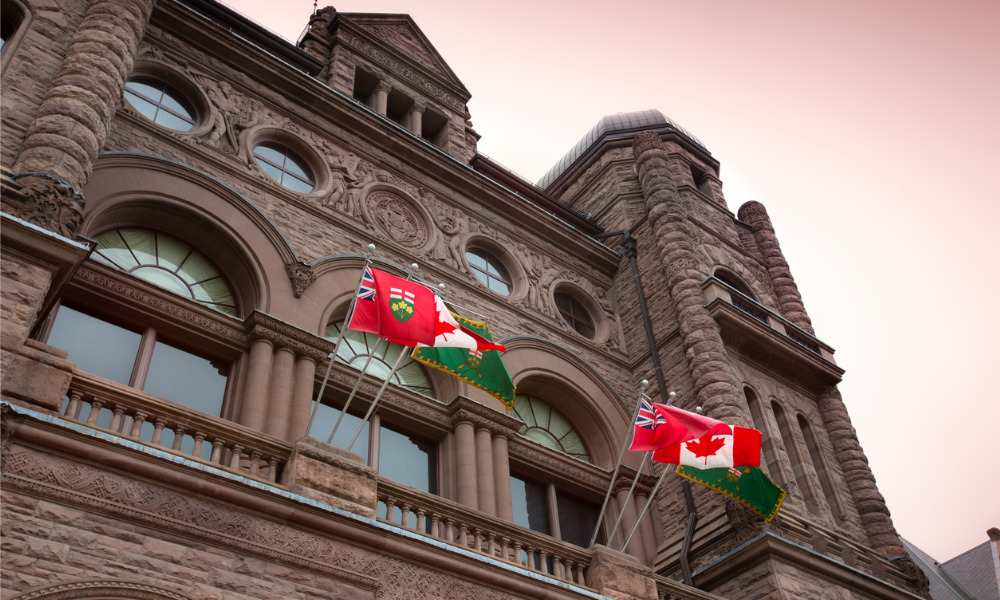'A lot of HR teams and organizations don't know where to start with a conversation'

When it comes to the success of a business, it’s often said that an organization can only go as far as the workforce takes it.
So it’s up to employers and HR to ensure that those workers are as productive as possible by keeping them happy and — more importantly — healthy.
Trevor Bogan of the Top Employers Institute recently sat down with Canadian HR Reporter to discuss how his organization promotes mentally healthy workplaces, and offered best practices to promote them and the role of HR professionals in creating and maintaining them.
“The big thing for us is we understand that HR is the foundation of the house. It really helps an organization be successful or not based off what HR does with their policies and procedures and programs that they offer their employees, and so if they really take a look at what HR does as far as a practice perspective, and how well they do and where they have challenges as well, the better that they’ll get and the better service and culture they’re providing for their employees as a whole.”
In the latest CHRR Talk podcast, Bogan broke down some of the steps HR professionals must take to ensure the wellbeing of workers.
“We understand that this is a really big topic, and it’s a great topic to have conversations around because what we’ve been finding is a lot of HR teams and organizations don’t know where to start with a conversation. They don’t know how well to promote it within their organizations to start programs or continue to build on programs they currently have,” says Bogan.
One company is showing employees just how much they care by offering a cash bonus solely for wellbeing.
Talk it out
Before embarking on a program to increase wellbeing, organizations should adopt a “more person-centric” outlook to ensure its success, according to Bogan.
“A really healthy environment is talking to your people; understanding what wellbeing means to them and that can be different for everybody, and then getting their input and voices included in any wellbeing program that you’re going to do because what happens is when employees have a voice, they’re really brought in; it helps with the engagement piece and helps them in wellbeing and that makes it more personable for them and then they build more interest and alignment into that.”
“The more you can ask your employees what’s going on [and] how they feel about things, the better off they can be,” says Bogan.




